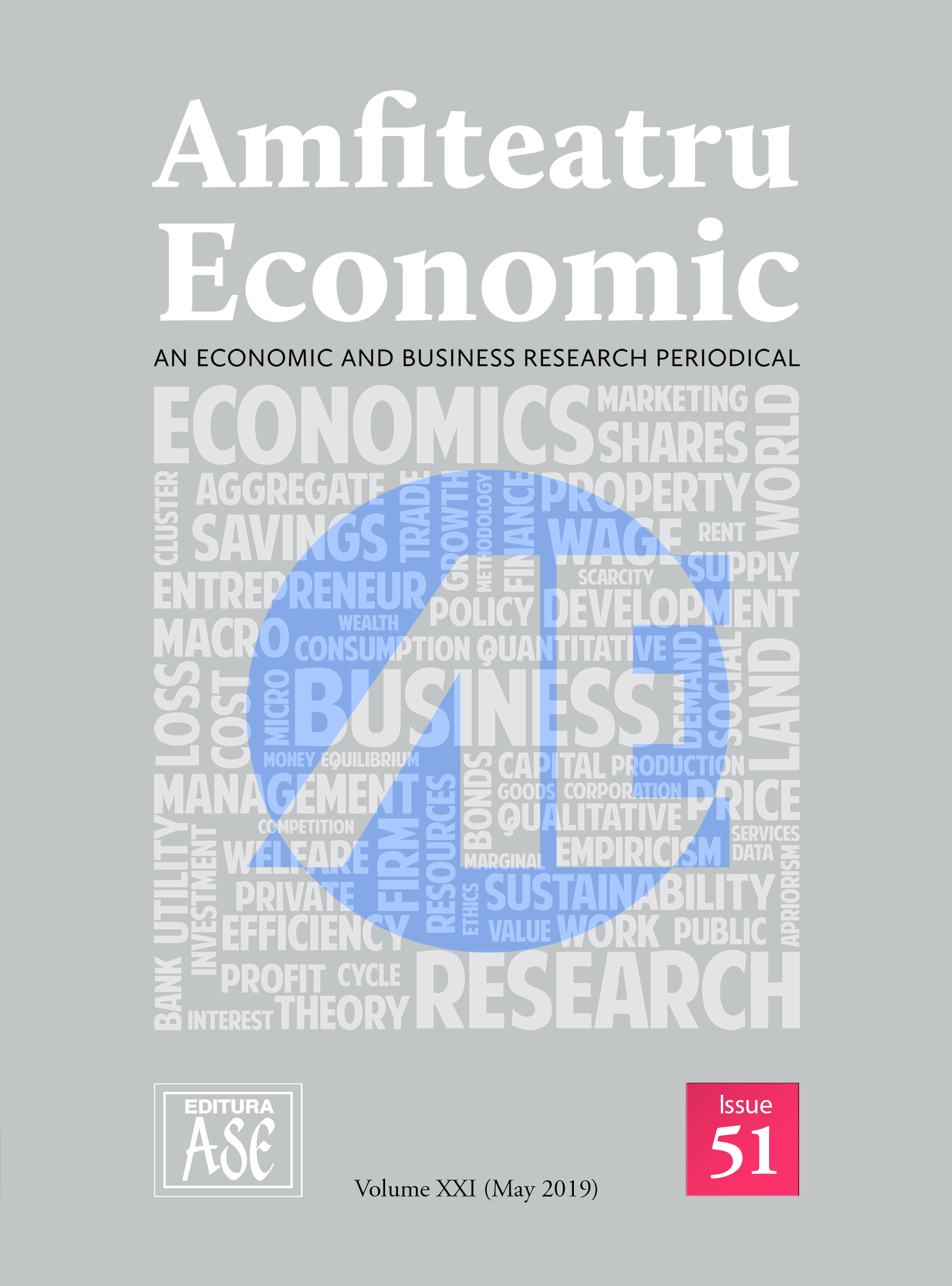Households’ Food Insecurity in the V4 Countries: Microeconometric Analysis
Households’ Food Insecurity in the V4 Countries: Microeconometric Analysis
Author(s): Hanna DudekSubject(s): Agriculture
Published by: EDITURA ASE
Keywords: food insecurity; households; the Visegrad Group countries; logit models;
Summary/Abstract: Food insecurity is a salient dimension of household poverty and a crucial issue viewed on a global or within a country level. It applies not only to less-developed countries, but also to countries of the European Union. In the European conditions, it implies that people affected by this problem cannot afford enough food of sufficient quality and quantity that would allow them to stay healthy and participate in the society. This paper attempts to fill that gap in the existing literature regarding food insecurity in the Visegrad Group countries. It aims to identify the factors affecting the occurrence of this phenomenon. In the empirical analysis based on the data from the European Union Statistics on Income and Living Conditions Survey, logit models with country dummy variables are applied. The study shows that the households’ food insecurity is associated with income, level of urbanisation, household type, disabilities of household members, and attributes of household head, such as educational attainment, gender, age, health and status of economic activity. Moreover, the findings strongly support the research hypothesis that the food insecurity profile exhibits country-specific effects. The results provide a much-needed baseline of evidence on food insecurity in the vulnerable households in the Visegrad Group countries.
Journal: Amfiteatru Economic
- Issue Year: 21/2019
- Issue No: 51
- Page Range: 377-392
- Page Count: 16
- Language: English

